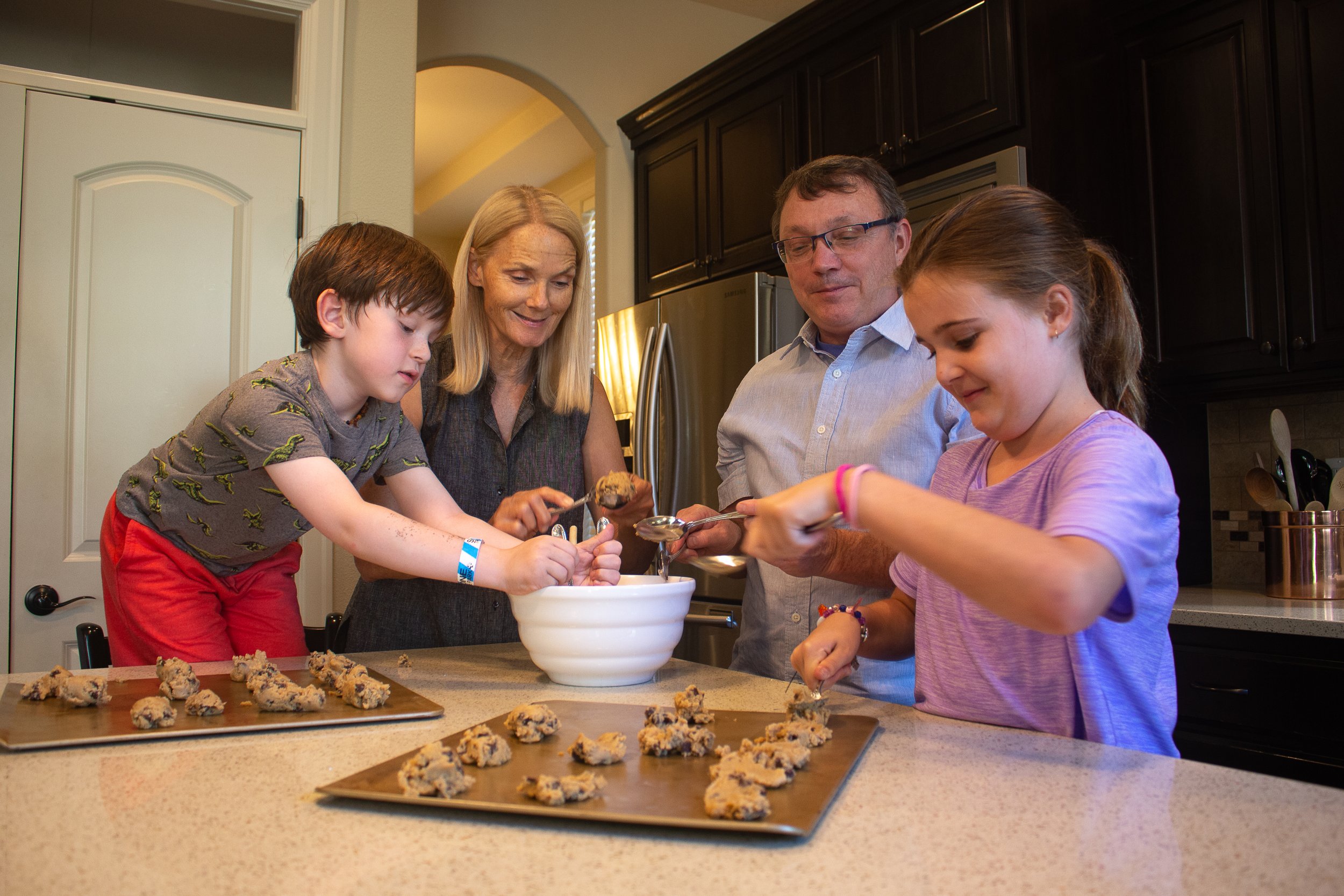May is National Foster Care Month
Every May during National Foster Care Month, we recognize and celebrate the people who take care of the most vulnerable youth in our communities. Whether they’re foster parents, social services staff, mentors, volunteers, or supportive caregivers, these individuals each play an important role in ensuring youth in foster care have permanent connections to caring adults.
Youth in foster care face challenges that their peers don’t have to worry about. In their first year in foster care, youth may move up to two times, with the number of placements likely to increase the longer they are in care.
With every move, these youth leave behind friends, possessions, adult connections like teachers and foster parents, and sometimes even siblings. With every move comes a new home, a new school, and new rules. All of this can quickly lead to youth in foster care falling behind.
Over half of youth in foster care will not graduate high school. They are 63 times more likely to be incarcerated than their peers. Thirty percent will make less than $11,000 per year over their lifetime.
Breaking the Cycle of Foster Care Moves
Boys & Girls Aid’s foster care programs seek to break the cycle of foster care moves. Our long-term placements and extensive training and support for foster parents make it possible for youth to stay in the same foster home for longer. This gives them the opportunity to develop life skills, keep up in school, and form lasting connections with adults like foster parents, teachers, and caseworkers.
Our foster parents and staff are trained in trauma-informed care and collaborative problem solving. This allows them to meet the youth where they’re at to work through difficult moments, as well as celebrate successes. Additionally, Boys & Girls Aid staff are available 24/7 to support foster parents as they navigate caring for youth in foster care.
Making Connections
Imagine being 18 years old and on your own for the first time. What if you had no family to help you? How would you find a place to live? Who would help you apply for a job? Where would you go to celebrate holidays? That’s the reality for young adults who age out of the foster care system with no permanent connections.
Our goal is that all children and youth in foster care form permanent, lifelong connections with adults who will be there for them beyond their 18th birthday. The support of a caring adult can make all the difference to youth growing up without a family. It can help them avoid negative outcomes like dropping out of school or getting in trouble with the law.
How You Can Help
Boys & Girls Aid can’t do the work we do without the support of our community. If you’re interested in helping us create better outcomes for youth in foster care, there are several ways you can help:
Become a foster parent. There are currently not enough foster homes for all children and youth in foster care in Oregon – but you can help change that! Consider opening your heart and home to a child or teen in foster care. Sign up for an information session to learn more.
Volunteer as a supportive caregiver. Similar to babysitting or nannying, a supportive caregiver provides supervision for a child or youth in foster care, while providing a bit of time off and relief for their foster parent(s). Contact Hallie Campbell, Director of Outreach & Certification, to learn more.
Donate items. We’re always in need of donations to support the youth in our foster care, shelter, and housing programs.
Join the Birthday Club. For children living in foster care, their special day is often forgotten. With a gift of $15 a month, Birthday Club members make it possible for children in foster care to have a birthday party of their own.
Attend an event. We host several fundraisers each year, the largest being our Foster Love Gala in May. Join us for an inspiring evening in support of youth living in foster care!
Keep an eye on our website for new stories throughout National Foster Care Month!



